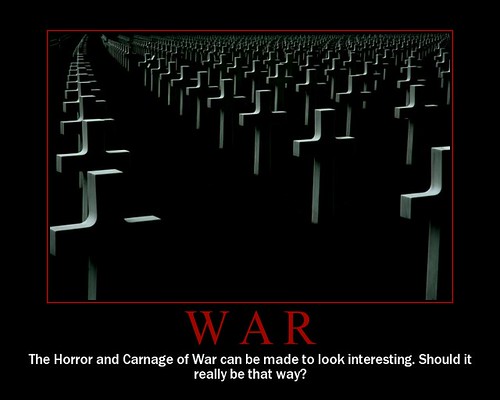
When taking the history of a patient one phrase comes up all too frequently: “I have tried everything”.
To be honest: no – you haven’t.
Here’s why:
We – and this concerns all of mankind – have a huge problem: there is so much information available that we have a hard time keeping up. Add to that that not only would you have to read all this new information – but also understand it and use it – while also working your usual 40 hour+ work weeks.
Change is hard – as explained here. Old patterns – be they motor patterns or other behaviors – are more efficient than new ones. That’s why - especially in times of stress - we use them over the new ones.
The treatments you as a health care professional provide are on the safe side – something you have established over the years. You think you know that they work and you apply them over and over again.
Problem is that they are mostly based on what I call the old paradigm – the purely body based approach (structural thinking).
You have to remember that the brain was out of reach of serious scientific study until 10-15 years ago. People in pain could describe their problem – you could look for clues what’s wrong with their body – but there was no way to have a look at their brain in pain. That’s why treatments for tinnitus, phantom limb pain, fibromyalgia, CRPS and other similar ailments focused on the changes that were visible to the naked eye so to speak.
That’s why – when you look at the studies done using those kinds of treatments you always end up with the “rule of thirds” as I call it – a third of the patients got better, another third stayed the same and the rest got worse.
It's like using a shotgun: some pellets hit the bad guy - the rest misses or injures an innocent bystander. In medicine you prefer the magic bullet that is able to hit the problem directly - nothing more - nothing less.
It’s no ones fault really: there simply was nothing better at the time.
This however has changed rapidly during the “Decade of the Brain” – now we have treatments that are able to address the cause of the problem. And here we encounter the second obstacle on our way forward: health care professionals have applied those old treatments for years – with moderate success (think shotgun). But since those illnesses were so hard to treat even 30% improvement seem like a good deal. Those old treatments are “hardware” based – flashing lights, infusions, pills, … - they all seem very thought out.
They are – there really is no other way of describing it – “sexy”. They are what you – the average Joe – came to expect from medical professionals (in a future posting I'll write at length about the link between expectancies and experience).
Along come the neurosciences and take away all the fun by having you use a mirror.
And even I have to admit: it just sounds too simple. Moving both hands while looking into a mirror? – you dare call that a treatment? Are you nuts?
Even worse – you – the health care professional – doesn’t have to do anything but explain what to do?
Remind me why I should pay you for just talking to me?
The next guy is even worse – telling me not to move anything but just think about it!
Has everybody gone crazy?
Now imagine having to explain this type of treatment to others in your field – can you imagine how a hands-on trained physiotherapist is going to react?
Asking someone to change their whole approach of thinking about a medical problem and changing his treatment methods accordingly isn't a step taken lightly.
And then there is the word “psychological”.
I treated a MD once who himself suffered from phantom limb pain. When I asked him about mirror training he said that he read an article about it once but never tried it because it was published in a Psychology journal.
If you can’t convince people like these – imagine how long it’ll take till a new generation of health care professionals is in the majority and the “new” treatments become universally accepted.
As for you – the patient: what can we learn from this.
a) Again: no - you haven’t tried everything because the people treating you aren’t aware of every option available.
b) the Internet comes to the rescue: information is free – you can read the articles yourself; the better educated you are about your problem the better you can help yourself
c) forget “the media” – they have the “empty space” problem, i.e. they have to fill 24 hours of programming and the pages of their magazines and are very unreliable sources of information. They are clutching at straws –producing huge amounts of "Fark" - hyping everything; pain is serious business – it doesn’t need the latest trend – but good science.




